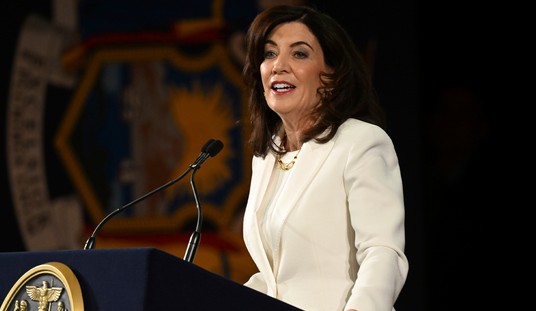Next week, members of the Copyright Royalty Board, three of the most powerful people you have never heard of will decide how to shift millions, heck, billions of dollars from one set of players to another.
The CRB is the sole arbitrator of all matters of music royalties and it is about to issue a death sentence to digital music services, like Spotify and Pandora. Every five years, the board reviews royalties paid by digital streaming services.
The board's troika is set up as a panel of administrative law judges, Suzanne Barnett, chief copyright royalty judge; David Stricker, economics judge and Jesse Feder, copyright judge, all appointed by Librarian of Congress James H. Billington, who began his lifetime tenure in 1987—two years before the fall of the Berlin Wall.
Absent changes in the rate structure, digital streaming services will continue to slog along under the burden of the CRB's designation as non-interactive. Broadcast radio stations are interactive, according to the CRB because the listener is not empowered to choose songs.
This distinction means that while radio stations do not pay a performance royalty, the digital services do. In fact, Pandora pays roughly half of its revenues in performance royalties in the name of singers and musicians on a recording, or more than $450 million, but in reality, 55 percent is kept by the record companies and the balance is processed to the performers through Sound Exchange, an entity owned and operated by the recording industry's trade group, the Recording Industry Association of America and its Grammy granting entity, the Recording Academy.
The problem is that if the CRB follows the path laid out by Copyright Register Marie Pallante in her February report “Copyright and the Music Marketplace,” it could mean death sentence for a technology industry just getting started.
Recommended
Pallante is a committed advocate for the recording industry, who regularly participates in Recording Academy events and whose February report reads like it was faxed over to her from the record companies. Pallante wants the digital streaming services to pay more and the three judges down the hall have to authority to make it happen.
In the meantime, the digital services move forward, such as with the new deal between Spotify and Starbucks. For the last decade, Starbucks was the last holdout for compact discs, actually setting up its own recording label and selling the CD's at its counters. In February, Starbucks succumbed to the times and shut down its CD company. But, now it is partnering with Spotify to market music on the coffee chain's mobile app.
The leader in digital streaming music is Pandora. To give some idea of the scale of the Pandora enterprise, the streamer has more than 80 million users, who annually listen to more than 20 billion hours of music. The heart of the company is its Music Genome Project that categorizes 150,000 into 600 genres that are further sliced and diced by users, who by liking and disliking offered songs develop their own personal radio station honed over time to their own tastes. Today, there are eight billion individual stations.
The bottom line, of course, is the bottom line is full of red numbers. In 2013, Spotify lost $80 million on more than $1 billion in revenue, an improvement over its 2012 loss of $115 million. Pandora clocked in with a $45 million loss for 2014 off of $920 million in revenues.
What is keeping the digital streaming services alive is the idea that a business with a billion in sales every year should be able to stay in business. Both Spotify, negative 8 percent profit margin, and Pandora, negative 5 percent profit margin, are wicked close to entering into the black.
Unless, the three judges of the Copyright Royalty Board jack up the royalties again. This would be the difference between tossing a a man treading water a cinder block instead of that orange life ring hanging over there on the bulkhead.
The sad truth is that while the record companies claim to champion the performers against the digital streamers, the companies are helping themselves to the majority of the performance royalties paid out now. Certainly, there is nothing stopping the music industry, hardly known for its generosity to its performers, from giving the performers a better cut.
On the other hand, the digital streamers are the ones who built out, privately, the massive mobile and web-based infrastructure that has introduced thousands of performers to new listeners—keeping many of them from cyber discount bin.
























Join the conversation as a VIP Member